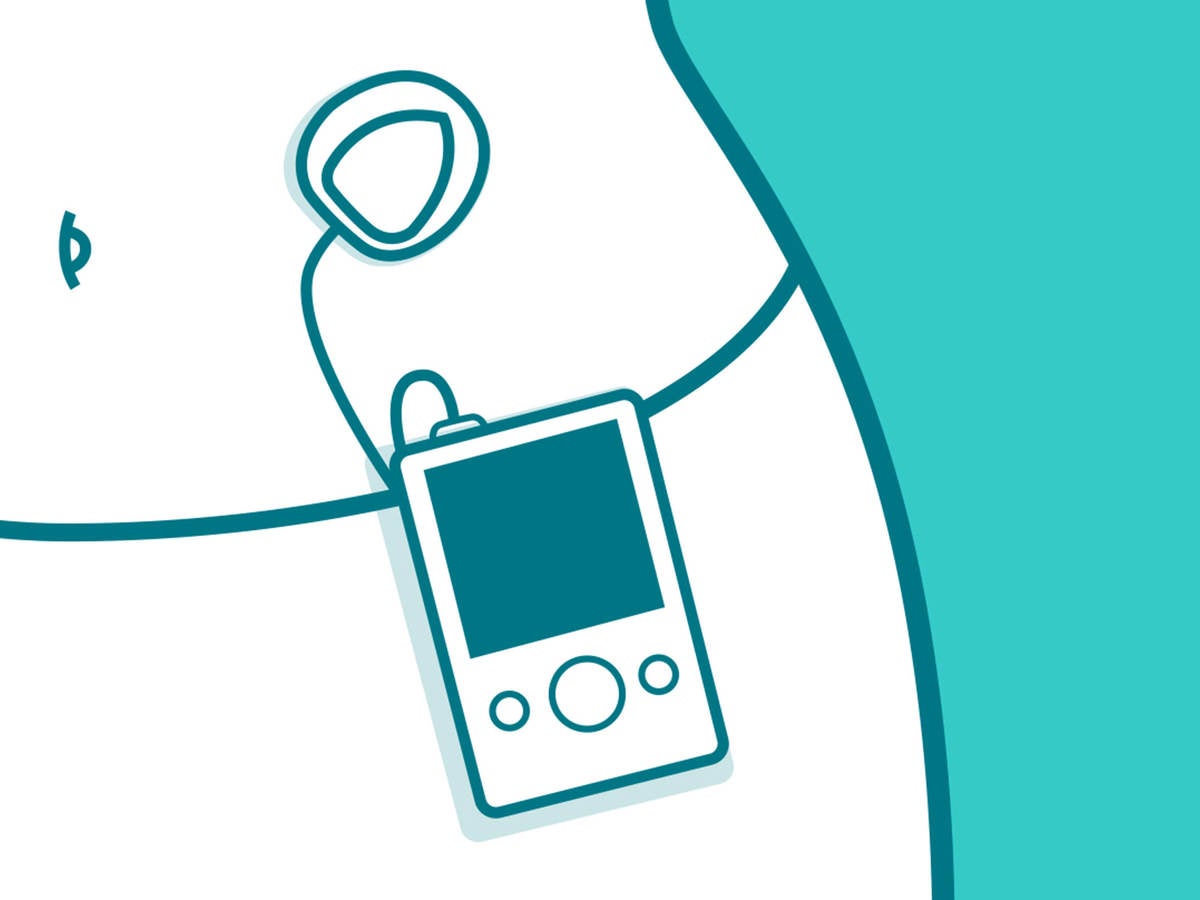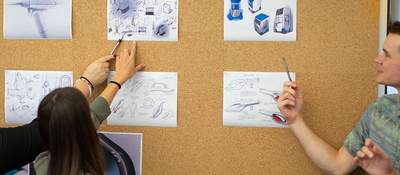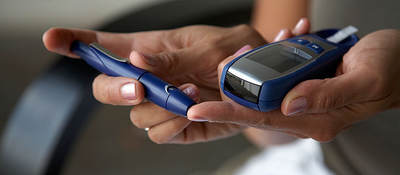May 17, 2022
You can wear a Smart Watch while driving your Smart Car. You can drink Smart Water while being cooled by a Smart Fan. You can live in a Smart Home with many Smart Appliances, including a Smart Toilet. So, it seems that the IQ of practically everything is going up. Thank you, sensors, microchips and software.
I amused myself by wondering when a Smart Hammer might hit the market. Seconds after the thought crossed my mind, Google introduced me to several, including a pretty serious hydraulic hammer that “…gathers data about the position, location, motion patterns, tilt, temperature, and utilization (i.e., hours in operation) and transmits that data back to a central location.”
How about a Smart Diaper? We got ‘em. They contain an RFID chip that alerts caregivers when baby is wet.
For me, this all gets more interesting when you look at the smartification of medical products.
For years, there have been smart hospital beds that detect when a patient becomes conscious, sits up, and exits the bed. A digital thermometer that you can wave across a cranky child’s forehead instead of checking their temperature using a rectal thermometer seems very smart.
Smart intravenous pumps are a great invention and have been with us for a while. One of their talents is watching how the user programs them to establish a safe infusion rate and volume. These days, most pumps speak wirelessly to a hospital network, and infusion prescriptions can be downloaded directly from the hospital pharmacy. This prevents medical errors, such as giving the wrong drug or delivering it at a dangerously low or high rate.
Recently, the insulin pump and its accessories have become so smart that some call the system an artificial pancreas, which sounds like a step up in technical prestige. The device uses continuous blood glucose measurements and some sophisticated software to give a patient the insulin they need; no more and no less. The smart device eliminates much of the physical pain, work and anxiety from managing one’s own blood sugar level.
Television commercials that have been saturating the “airwaves” promote a $79 device that enables you to check your heart rhythm by placing your fingers on what looks like a credit card to take an EKG. It takes a medical-grade EKG, which seems quite smart. The US Food and Drug Administration (FDA) approved the heavily marketed device for detecting such conditions as atrial fibrillation, which can lead to stroke.
I say, bring on more smart devices and some of those artificial organs as well. I expect manufacturers and developers of these products to meet their promise to improve health care, including by reducing the chance of use errors that can lead to harm, as many already do. In parallel, I’ll encourage manufacturers to apply human factors during product development so that the smart devices don’t make their users feel dumb. And I know you’ve been there. You’ve been stumped by a smart device at one time or another, whether it is your home thermostat, automobile navigation system, or smart diaper.
Nobody wants to be stumped when trying to use a smart medical device. As a device gets smarter, it should become more intuitive rather than less. The proper application of human factors helps support this.
Let’s hope the Smart Scissors do not require a user manual.
Michael Wiklund is General Manager and Director, Human Factors Research & Design (HFR&D) at Emergo by UL.
Request more information from our specialist
Thanks for your interest in our products and services. Let's collect some information so we can connect you with the right person.







